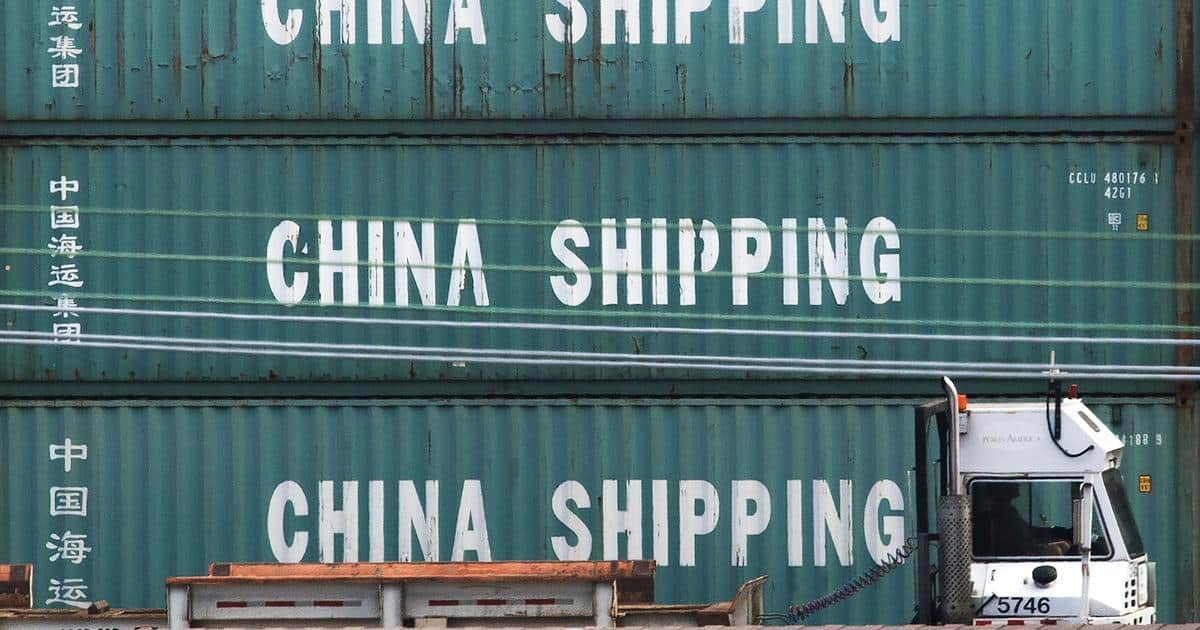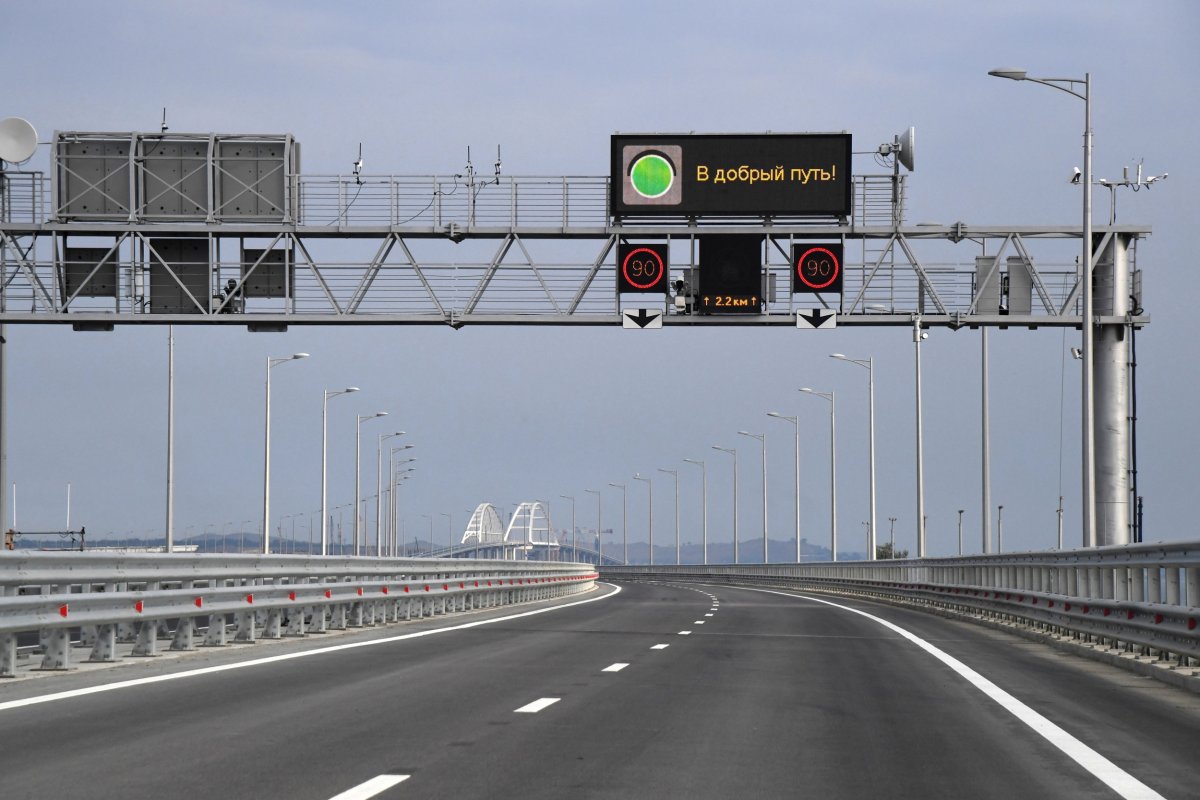
President-elect Trump, who has said he thinks “tariff” is “the most beautiful word in the dictionary,” has proposed a variety of taxes on goods imported from other countries.
His aim is to deter American companies from relying on parts and goods from overseas, including from China, by making it more expensive for them to do so.
He’s also claimed that he doesn’t need Congress’ support to impose the tariffs he’s floated. The reality is more complicated, according to economists and foreign trade experts.
What has Trump proposed?
On the campaign trail, Trump proposed tariffs of between 60% and 100% on Chinese goods. He’s offered few additional details, however, such as whether the tariffs would apply to all goods, or just certain categories of products.
He’s also proposed a sweeping tariff policy including a universal tax of between 10% to 20% on all imports, and has promised reciprocal tariffs on any country that imposes tariffs on American-made goods.
Can Trump unilaterally impose tariffs?
Once he takes office, President-elect Trump has a few different pathways through which he could try to implement the types of tariffs he has proposed.
The U.S. Constitution gives Congress the authority to impose tariffs in Article 1, Section 8, which states that “The Congress shall have Power To lay and collect Taxes, Duties…To regulate Commerce with foreign Nations.” But Congress can also selectively delegate tariff-setting authority to the President, which it has done for decades.
Trump, in his first term as president from 2017-2021, made use of this presidential authority to increase tariffs: Duties paid on U.S. imports doubled from roughly $37 billion in 2015 to $74 billion in 2020, according to the Congressional Research Service.
“Looking at his previous four years in office, he seems to believe he has the authority to impose tariffs,” said Jake Colvin, president of the National Foreign Trade Council, a group dedicated to advocating for U.S. companies in international commerce. “If they decide on day one that they want to use executive authority to put tariffs on Chinese goods, they could probably go ahead and do that.”
Colvin added that it will be important for the incoming Trump administration to provide businesses with more specifics so that companies can plan accordingly. “A lot has been proposed in the course of the campaign, so it’s important for the administration to give a signal about the path it intends to pursue, for clarity and planning purposes for American businesses,” he said.
Presidential authority to impose tariffs
The president has authority to impose a range of trade restrictions on foreign nations, said Inu Manak, a trade policy fellow at the Council on Foreign Relations.
“It seems pretty clear that he would pursue tariffs soon after taking office. During his last term, tariffs were a tool of choice in the trade war against China and against allies, too. So I believe that is a strategy he’ll replicate in his next term,” Manak told CBS MoneyWatch.
Manak added that he would likely be able to do so without support from Congress. “The president has quite a bit of discretion to do what he wants,” she said.
Legal powers at Trump’s disposal include Section 301 of the Trade Act of 1974, under which the president may impose retaliatory tariffs when “an act policy, or practice of a foreign country … violates, or is inconsistent with, the provisions of, or otherwise denies benefits to the United States under, any trade agreement, or … is unjustifiable and burdens or restricts United States commerce.”
Trump has already relied on Section 301 to impose tariffs on China throughout 2018 and 2019, and he could, simply, expand upon existing tariff actions he’s already taken, according to Manak.
“That would require no action from Congress, because they are already in place,” she said.
In his previous term as president, he also made use of Section 232 of the Trade Expansion Act of 1962 to impose tariffs on steel and aluminum imports. It grants the president the authority to adjust imports, including by imposing tariffs, when they are found to be a threat to national security.
Threats to national security
There’s also the International Emergency Economic Powers Act (IEEPA), which hasn’t been used to restrict trade since President Nixon was in office, from 1969 until his resignation in 1974.
The act says “Any authority granted to the President by … this title may be exercised to deal with any unusual and extraordinary threat … to the national security, foreign policy, or economy of the United States, if the President declares a national emergency with respect to such threat.”
“The authorities granted to the President … may only be exercised to deal with an unusual and extraordinary threat with respect to which a national emergency …” it adds in part.
In other words, in order to use IEEPA to impose tariffs, Trump would have to declare a national emergency through an executive order, claiming that the U.S.’s trading partners pose an unusual and extraordinary threat.
Alan Wm. Wolff, former deputy director-general of the World Trade Organization and a distinguished visiting fellow at the Peterson Institute for International Economics (PIIE), is skeptical that Trump has the authority to impose sweeping tariffs under IEEPA.
“Can it be used against trade with all countries, our allies and friends in Europe and Asia, in the Americas, not to mention the poorest countries in Africa? That would simply be too large a power grab to have been within what Congress intended in this statute,” he wrote in a recent blog post.
Discrimination against U.S. commerce
Manak said that Section 338 of the Tariff Act of 1930 could also conceivably give the president the authority to unilaterally raise tariffs.
The rarely used act allows the president to impose duties of up to 50% of a product’s value, and is triggered when a president finds that a foreign country has imposed an unreasonable charge on, or discriminated against U.S. commerce.
Typically, though, the finding has to come from the U.S. International Trade Commission (ITC). “But the statute’s language is ambiguous in terms of what that would look like, and I would imagine he could pursue this without a final finding from ITC, or pursue it while a finding is being made,” she said.
Impact of tariffs on consumer prices
Some companies have already said they’re aiming to move production out of China to avoid Trump’s proposed tariffs.
Shoemaker Steve Madden, for example, says it plans to import fewer goods made in China to the U.S., and replace them with items made in other countries.
If imposed, the proposed tariffs on imports could lead to consumers losing between $46 billion and $78 billion in spending power each year on products including apparel, toys, furniture, household appliances, footwear and travel goods, according to the National Retail Federation.
By another estimate, a 20% general tariff on all imported goods, combined with a 60% tariff on goods imported from China, would cost the typical U.S. households more than $2,600 a year. If Trump imposes a 10% tariff across the board instead, that would cost families $1,700 more, according to PIIE.
More concrete data on what the cost will be on consumers may soon be available, as experts expect Trump’s proposed tariffs to be implemented rather quickly.
“We would imagine that within a few months of him taking office, we would see the first tranche of tariffs taking effect,” Manak said.






